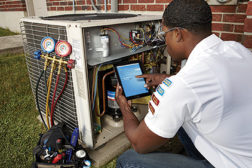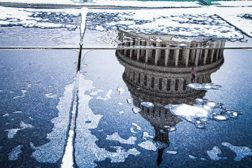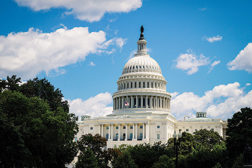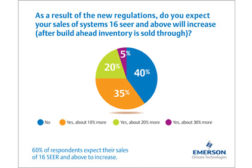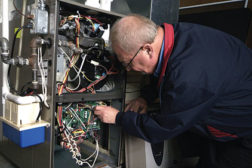Standards and Legislation
Trends in Efficiency, Environmental Regulations Influencing OEM Equipment
Read More
HVAC Supports Small Business Tax Relief Bill
HR 636 Would Allow HVAC Companies to Expense $500,000 in Depreciable Business Property
Read More
BPI Announces Energy-saving Standards Initiatives
Initiatives Update Methodology for Quantifying, Calculating Energy Savings
March 30, 2015
Engineer Disputes DOE, EPA Actions
Structural Concepts Calls for More Oversight of Regulatory Agencies
March 30, 2015
House Pushes for Regulatory Accountability
New Bill Requires Thorough Analyses, Increased Stakeholder Participation
Read More
Federal Tax Credits Help Drive Commercial Geothermal Growth
Ten Percent Tax Credit Helping Contractors Overcome Upfront Cost Obstacles
Read More
EPA Approves SNAP Substitutes
New Rule Expands List to Include More Low-GWP Alternatives
March 23, 2015
SBA Proposes Rule Changes
Rule Would Establish Government-wide Mentor-protégé Program
March 16, 2015
Emerson Surveys HVAC Contractors
Large Percentage Still Unaware of Regional AC Efficiency Standards
March 16, 2015
DOE Proposes National 92% AFUE Standard
New Standard Would Effectively Eliminate Non-condensing Furnaces in US
Read More
Copyright ©2024. All Rights Reserved BNP Media.
Design, CMS, Hosting & Web Development :: ePublishing
